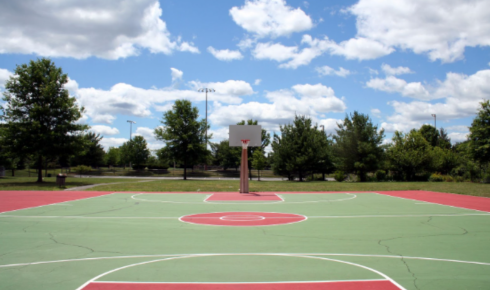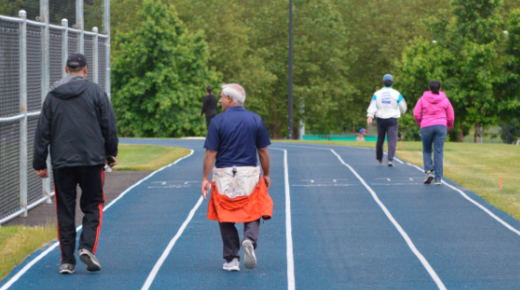
tennis court flooring
When it comes to creating a high-quality tennis experience, tennis court flooring plays a pivotal role. The surface type impacts everything from player movement and ball bounce to injury prevention and maintenance requirements. Whether you’re planning a new construction or renovating an existing facility, choosing the right flooring is essential for performance, longevity, and player satisfaction.
Types of Tennis Court Flooring
There are several types of tennis court surfaces, each with its own characteristics, benefits, and drawbacks. Here’s a closer look at the most popular options:
1. Hard Court (Acrylic or Asphalt-Based)
Hard courts are among the most common and versatile surfaces used worldwide. They are made by layering acrylic coatings over asphalt or concrete bases. These surfaces offer a medium-fast game pace and are relatively easy to maintain.
Pros:
- Consistent bounce and speed
- Suitable for various climates
- Durable and long-lasting
Cons:
- Can be hard on joints due to low shock absorption
- May require periodic resurfacing every few years
2. Clay Court
Clay courts are made from crushed stone, brick, or shale. They offer a slower game with higher bounce, making them ideal for baseline players who enjoy long rallies.
Pros:
- Excellent for developing player stamina and strategy
- Soft surface reduces joint stress
- Preferred for training and skill development
Cons:
- High maintenance – requires regular rolling, brushing, and watering
- Weather-sensitive; not ideal in heavy rain zones
3. Grass Court
Grass courts offer a fast-paced game with a lower bounce, favoring serve-and-volley players. They are most famously used at Wimbledon.
Pros:
- Fastest playing surface
- Gentle on players’ joints
- Prestigious and traditional aesthetic
Cons:
- High maintenance (mowing, watering, and reseeding)
- Slippery when wet
- Shorter playing season
4. Synthetic Turf or Carpet
These surfaces are made from artificial grass combined with sand or rubber infill. They mimic the feel of natural grass and are often used in indoor or multi-purpose sports facilities.
Pros:
- Low maintenance
- Consistent play surface
- Weather-resistant and durable
Cons:
- May not replicate traditional court play
- Can heat up under sunlight
5. Modular Tiles
Interlocking modular tile courts have gained popularity in both residential and commercial applications. They offer shock absorption and are ideal for quick installation and portability.
Pros:
- Easy installation and maintenance
- Available in various colors and textures
- Good drainage and slip resistance
Cons:
- May not match the bounce of traditional courts
- Can be expensive upfront
Factors to Consider When Choosing Tennis Court Flooring
Selecting the right tennis court surface depends on various factors:
- Climate: Consider regional weather patterns. For example, clay courts may not be ideal in rainy climates.
- Player Demographics: Professional-level players may prefer hard or clay courts, while recreational or older players might benefit from softer surfaces.
- Budget: Initial installation, long-term maintenance, and resurfacing costs must be factored into the decision.
- Usage Type: Will the court be used for competitions, casual games, or training? This can influence the surface choice.
- Indoor vs. Outdoor: Some materials perform better indoors, while others withstand outdoor weather elements more effectively.
Maintenance and Longevity
Proper maintenance can significantly extend the life of your tennis court flooring. Hard courts require periodic resurfacing every 4–8 years. Clay courts need daily upkeep, while synthetic and modular surfaces are generally easier to manage. Regular cleaning, drainage checks, and repainting of lines ensure optimal performance.
Final Thoughts
Tennis court flooring is more than just a playing surface—it’s a critical aspect of game quality, player safety, and court longevity. With various materials available, each offering unique play characteristics, it’s important to align your choice with your specific goals, climate, and budget.



